 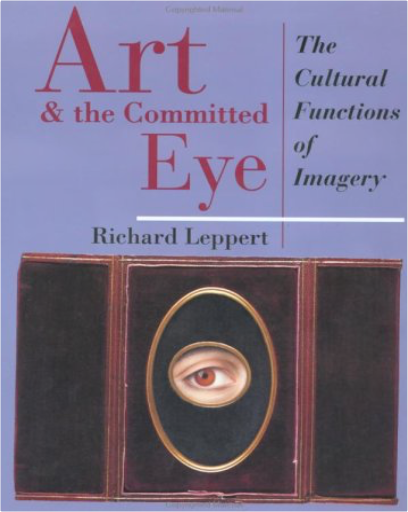 In Art and the Committed Eye Richard Leppert examines Western European and American art from the fifteenth to the twentieth century. He studies the complex relation between the look” of images and the variety of social and cultural uses to which they are put and demonstrates that the meaning of any image is significantly determined by its function, which changes over time. In particular, he emphasizes the ways in which visual culture is called on to mediate social differences defined by gender, class, and race.In Part 1, Leppert addresses the nature and task of representation, discussing how meaning accrues to images and what role vision and visuality play in the history of modernity. Here he explains imagery’s power to attract our gaze by triggering desire and focuses on the long history of the use of representation to enact a deception, whether in painting or advertising.Part 2 explores art’s relation to the material world, to the ways in which images mark our various physical and psychic ties to objects. The author analyzes still life paintings whose subject matter is both extraordinarily diverse and deeply paradoxicalfrom flower bouquets to grotesque formal arrangements of human body parts. Leppert demonstrates that even in innocent” still lifes, formal design and technical execution are imbued with cultural conflict and social power.Part 3 is devoted to the representation of the human bodyas subject to obsessive gazing and as an object of display, spectacle, and transgression. The variety of body representation is enormous: pleased or tortured, gorgeous or monstrous, modest or lascivious, powerful or weak, in the bloom of life or under the anatomist’s knife, clothed or naked. But it is the sexual body, Leppert shows, that has provided the West with its richest, most complex, contradictory, conflicted, and paradoxical accounts of human identity in relation to social ideals. 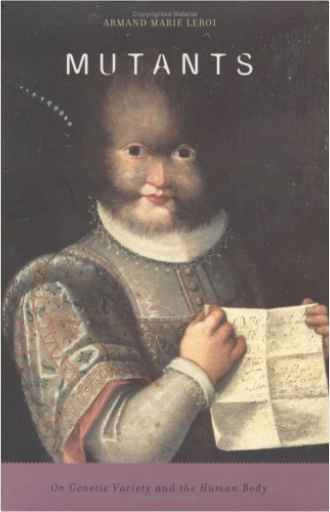 "Who are the mutants? We are all mutants. But some of us are more mutant than others."  Visit Armand Marie Leroi on the web: http://armandleroi.com/index.html  This exclusive collection reproduces in full color the rare, original paintings that enhanced the pulp magazines popular during the 1930s, 1940s, and 1950s. Also included are artists' sketches, interior illustrations, and lively text that offers the first complete history of the artists and their unique accomplishments. Chock full of action-packed, gorgeous—even shocking—color paintings for such popular pulps as American Stories, Weird Tales, and The Shadow, this volume is likely to become the definitive reference on a rare and highly collectible art style. |  First published in 1973, this remarkable book about life in a small turn-of-the-century Wisconsin town has become a cult classic. Lesy has collected and arranged photographs taken between 1890 and 1910 by a Black River Falls photographer, Charles Van Schaik. 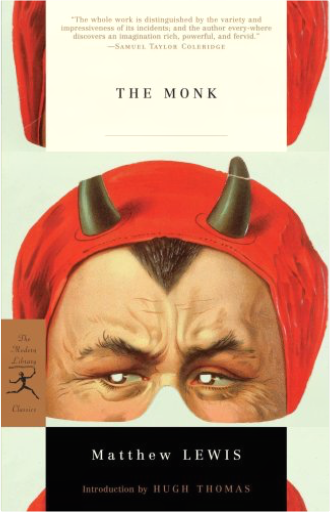 When Matthew Lewis’s The Monk was published in 1796, readers were shocked by this gripping and horrific novel. Lewis’s story, which drove the House of Commons—of which he was a member—to deem him licentious and perverse, follows the abbot Ambrosio as he is tempted into a world of incest, murder, and torture by a young girl who has concealed herself in his monastery disguised as a boy. As Ambrosio spirals into hell, the reader encounters an array of haunting characters: the innocent virgin, the Bleeding Nun, the Wandering Jew, an evil prioress, and Lucifer himself.  0845731270 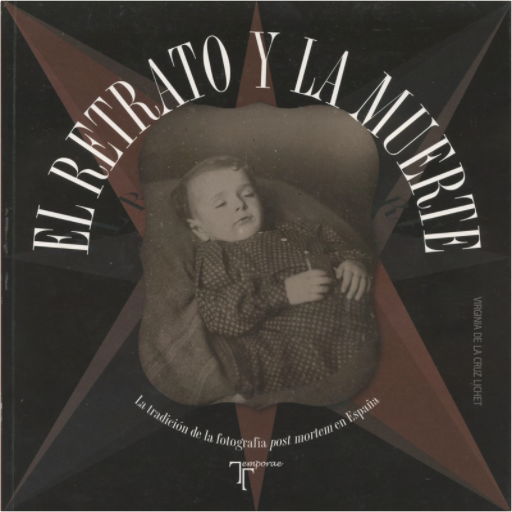 8415801149 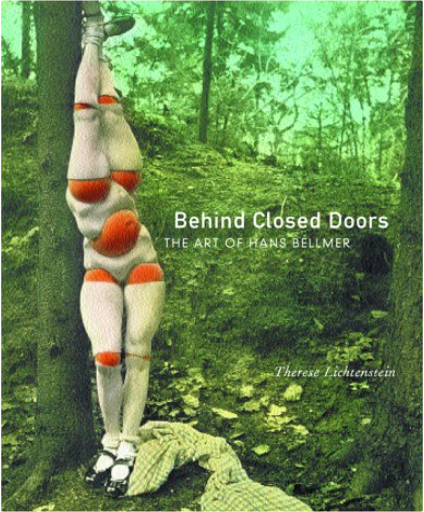 The life-size, adolescent-girl dolls created by German artist Hans Bellmer in the 1930s are the subject of Therese Lichtenstein's highly original book. Disturbing and controversial, Bellmer's dolls—with their uncanny, fragmented bodies and eroticized poses—were just as shocking during Bellmer's time as they are today. Until now there has been little available in English about Bellmer's dolls, and Lichtenstein's book will be welcomed for its fresh interpretation of the artist's work and his place in European modernism. Eighty striking photographs accompany the text. |

Morbid Anatomy Museum
Collection Total:
1,253 Items
1,253 Items
Last Updated:
Jan 26, 2016
Jan 26, 2016





 Made with Delicious Library
Made with Delicious Library